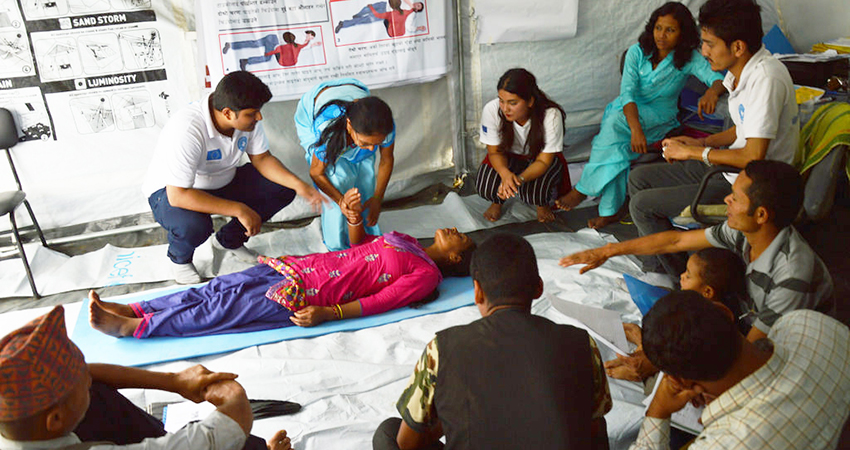Combatting caste- and gender-based discrimination in the healthcare and education sector

Source: European Union/ECHO/Pierre Prakash via Flickr
Customizing incentives to combat caste- and gender-based discrimination in the healthcare and education sector (Nepal and India)
Focus of the study
Inequities in access as well as quality of healthcare and education are a major challenge facing developing economies. Anecdotal evidence suggests that in Nepal and India discrimination against women and lower castes is an important factor shaping these inequalities. Using a combination of lab-in-the-field and randomized field experiments, we investigate the causality of this association and test the mechanisms driving discrimination. The motivations for discrimination may include individual taste, fear of retaliation from not conforming to social norms, and beliefs over the effectiveness and efficiency of investments in the health and education of women and lower caste individuals. We then combine survey and administrative data with our experimental findings on discrimination to design a set of optimal policy interventions, tested via randomized field experiments.
The research takes a theoretically and empirically grounded approach in an attempt to address a relevant social policy issue: improving quality and access of health for socially disadvantaged groups. Our aim is to minimize disparities by maximizing a social objective function informed by our findings on the extent of discrimination and stakeholder recommendations.
Broader motivation for the research
Differential access to health and education services and the quality thereof can lead to long-lasting differences in economic outcomes. In the geographical context of our interest, women and lower castes are often refused admission to health care and education facilities or given lower quality treatment. Such disparities are also observed in health and education outcomes. For instance, according to the latest available estimates children from lower caste groups are 13% more likely to be stunted relative to the children of upper castes. However, we do not know to what extent these gaps are actually due to gender- and caste-based discrimination by health workers and teachers as opposed to correlated factors, such as socio-economic status. To the extent that these gaps stem from discrimination, an understanding of the mechanisms is necessary input in designing sound policies. The understanding of motivations underlying discrimination provides the opportunity to design optimal incentive contracts that address discriminatory behaviour, and ultimately help improve health and education outcomes.
Research team
- Rajesh Ramachandran (Co-PI)
- Devesh Rustagi (Principal Investigator)
- Emilia Soldani (Co-PI)




